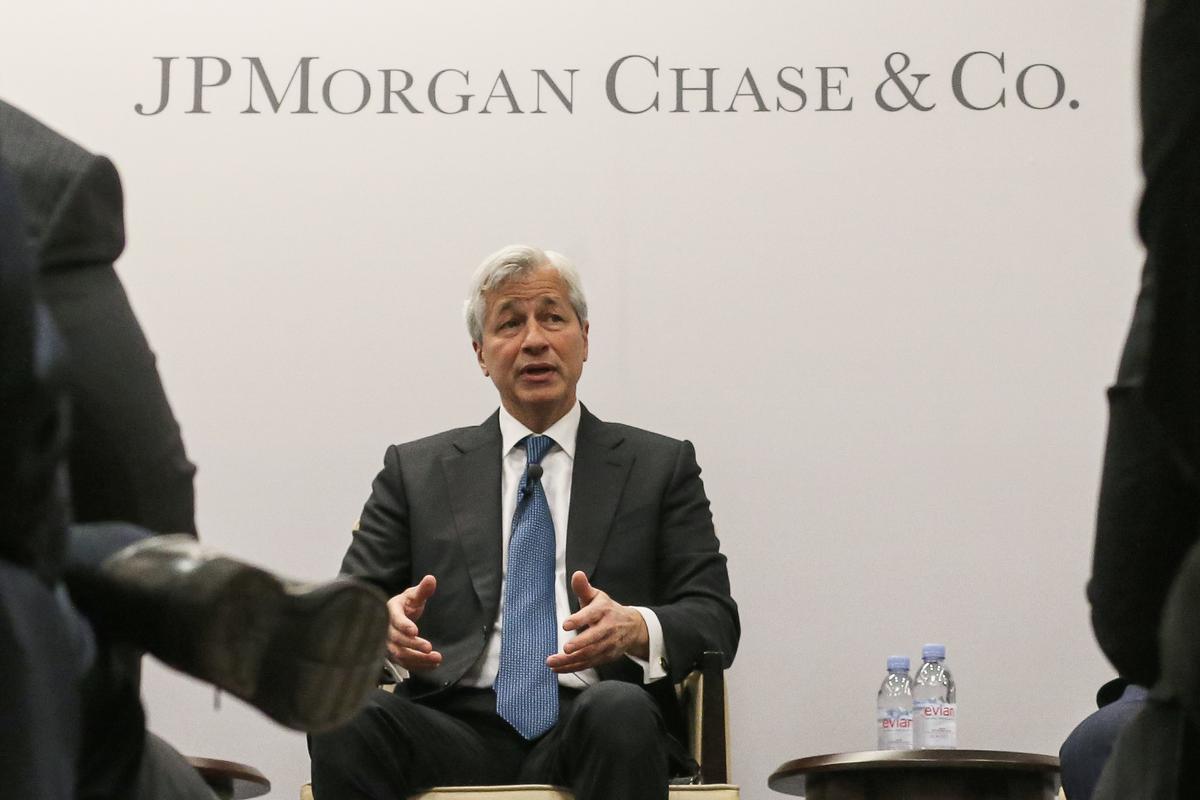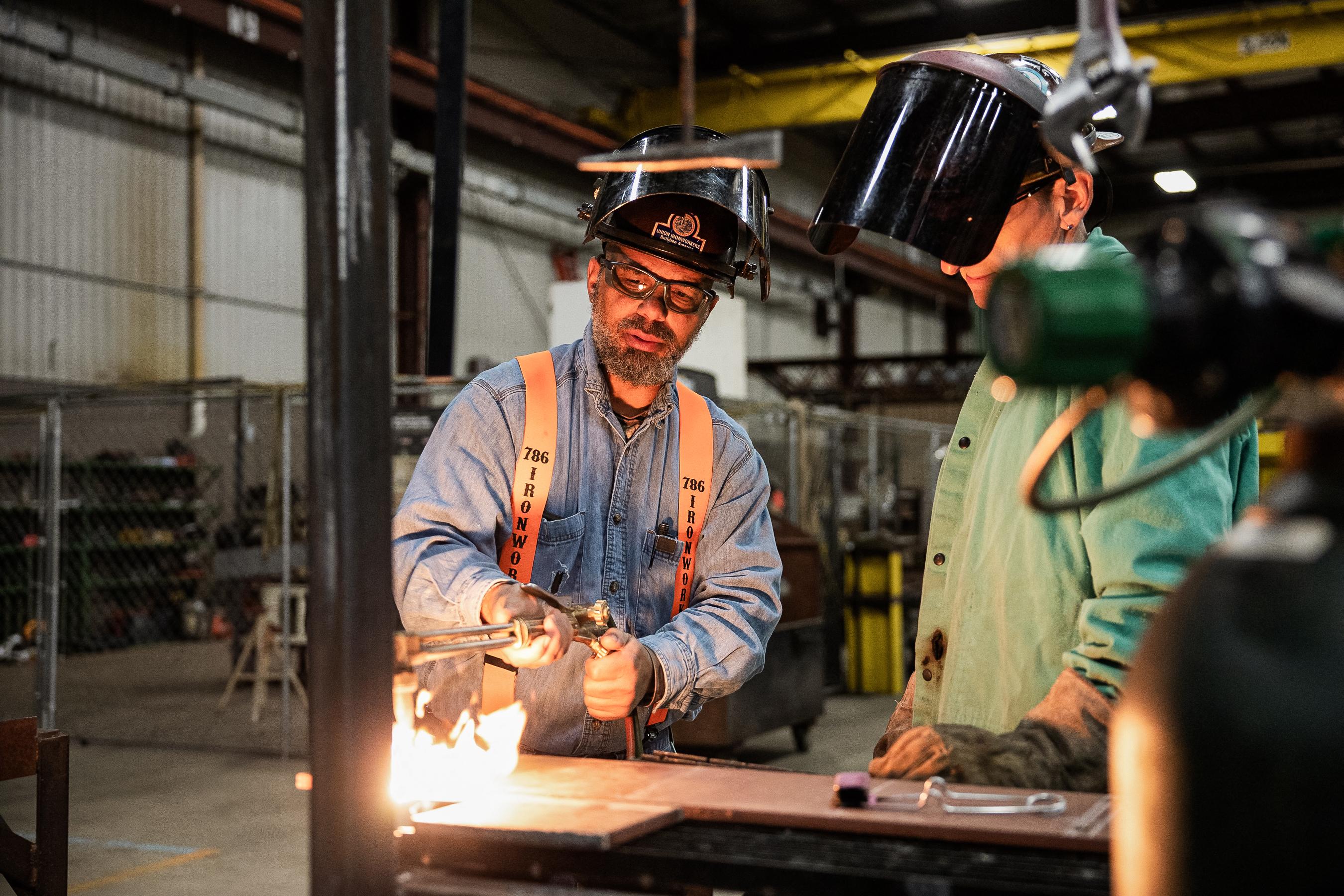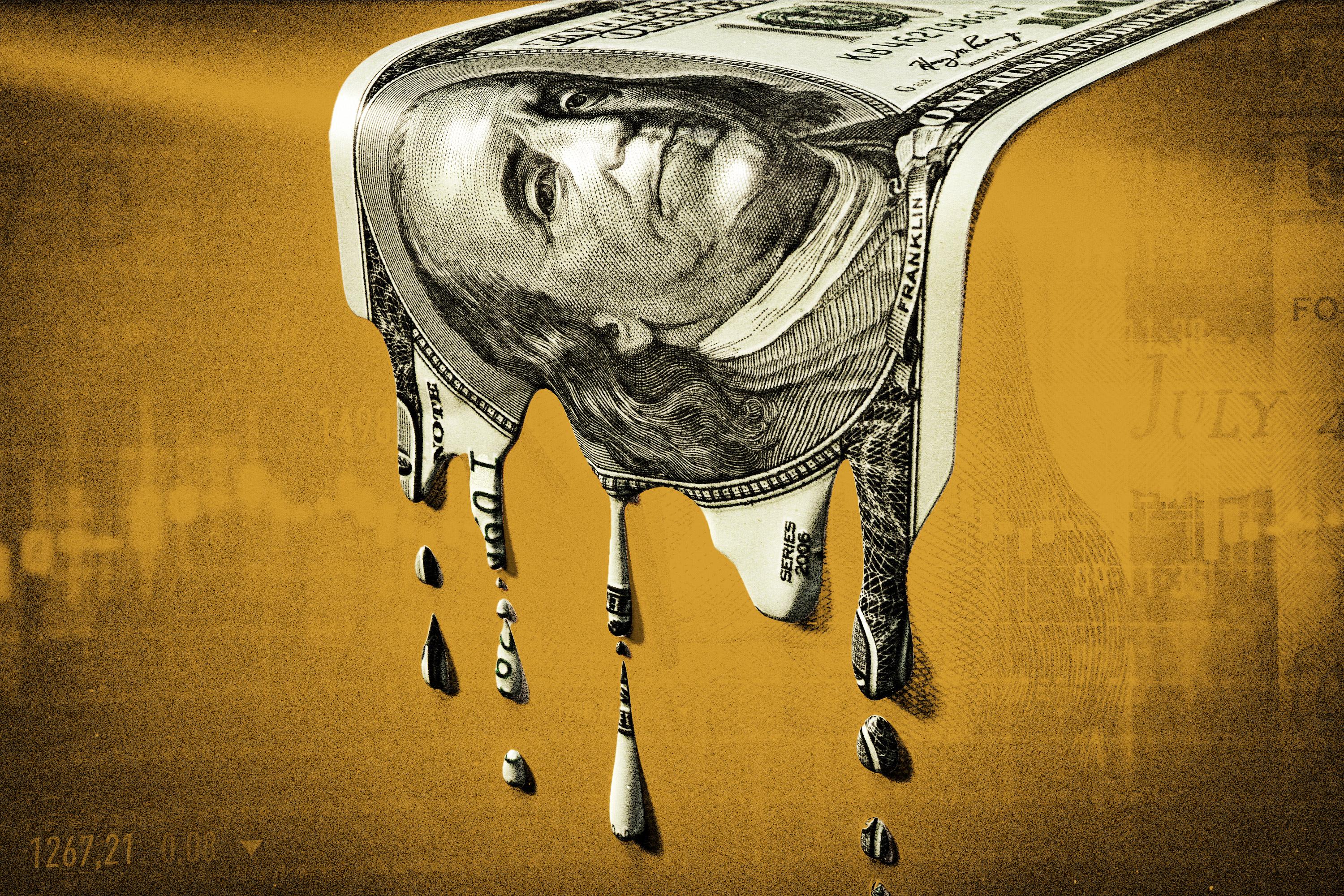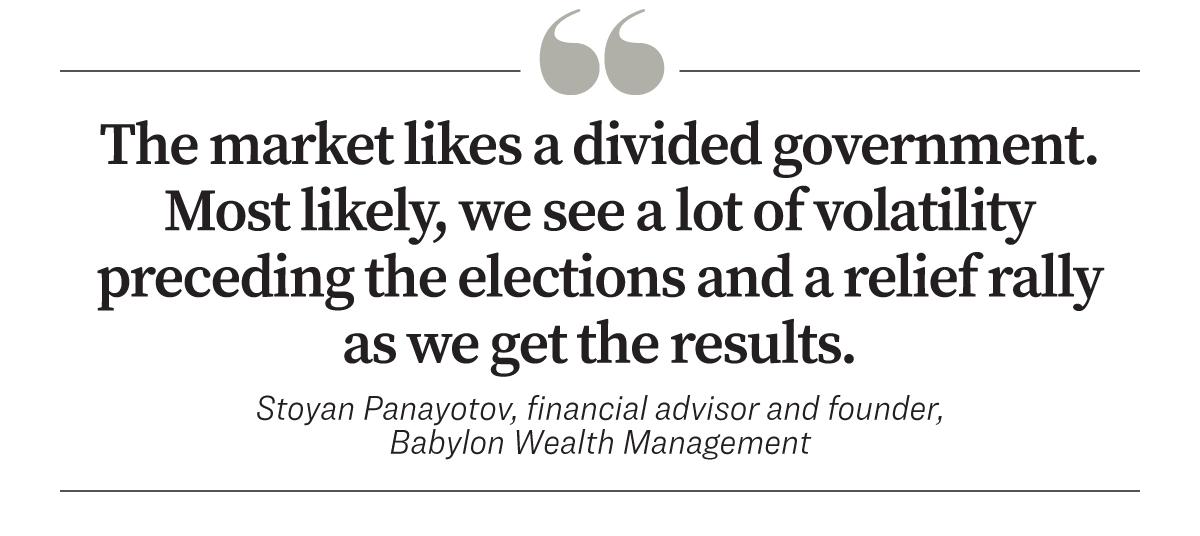Buckle Up for a Bumpy 2024, Economists Say
January 9, 2024 in News by RBN Staff
source: theepochtimes
Inflation, interest rates, tight housing supply, and an election year: Analysts are divided on which direction the economy will shake out this year.
The U.S. economy embarked on a rollercoaster ride in 2023, grappling with high inflation, soaring interest rates, wars abroad, and a shaky banking sector.
This time last year, the U.S. economy was bracing for an impending recession. Concerns about a recession persisted through 2023, particularly following the banking turmoil in the second quarter, which witnessed a 1930s-style bank run on Silicon Valley and First Republic Banks.
The Federal Reserve intervened with emergency measures, and as a result, bank liquidity recovered and financial and credit markets soon normalized, as if the crisis had never happened.
Currently, there’s growing talk about the prospect of a “soft landing” in 2024. Nevertheless, economists remain cautious, with many expecting a bumpy ride ahead due to the lingering effects of tight monetary policy over the past two years.
Recession Fears Not Over
Although the economy has shown resilience in the face of numerous challenges, many analysts predict a significant slowdown in the coming months, with some even anticipating a recession.
“While so far economic growth has held up well and inflation has been coming down, there is a high risk that we will experience an economic recession before the 2024 election,” Desmond Lachman, senior fellow at the American Enterprise Institute, told The Epoch Times.
The U.S. economy is yet to see “the full effects of the Federal Reserve’s monetary policy tightening, and there are major problems in the commercial real estate space that could trigger another regional banking sector crisis.”
“We forecast two quarters of negative growth that will be broadly felt across the economy,” Erik Lundh, principal economist at the Conference Board, said in a recent report.

Although this contraction will be limited in depth and duration, Mr. Lundh said he still expects it to be officially designated as a recession.
Mr. Dimon described the U.S. economy as being on a “sugar high” from stimulus money handed out during the pandemic and the Fed’s quantitative easing.
“They are drugs running through the system,” he said. “So I’m quite cautious about the economy.”
Many analysts expect the upcoming election to be a significant source of uncertainty and anxiety around the economy.

Inflation: A Glimmer of Hope?
Throughout 2023, Americans faced a series of challenges in an economic environment defined by rising costs and interest rates.
“High inflation in 2023 indeed placed pressure on our industry. Increased operating costs—primarily fuel and maintenance costs—impacted our margins,” he told The Epoch Times.
“High interest rates also posed challenges, especially when investing in fleet upgrades and expansion.”
There is a possibility that inflation will continue to slow in 2024, alleviating some of the financial pressures faced by people such as Mr. Estrada.

According to GasBuddy’s estimates, Americans could save nearly $32 billion on fuel expenses compared with 2023.
Worries regarding potential energy market disruptions arising from tensions in the Red Sea have caused recent spikes in oil prices. However, increased U.S. production and weakening demand in China are expected to exert downward pressure on oil markets.
“On inflation, we expect to see progress over the coming quarters, but the path will probably be bumpy,” Mr. Lundh stated. He predicted that the Fed’s 2 percent target won’t be met until the end of this year.
Over the past year, inflation has been easing, but Americans still haven’t experienced inflation rates of this magnitude since the early 1980s. The annual inflation rate has significantly dropped from its peak of 9.1 percent in June 2022 to 3.1 percent in November 2023.
“Pundits, politicians, and investors focus on the rate of change, but that does not match the experience of American consumers, who are still paying 18 percent to 20 percent more for just about everything,” Nancy Tengler, CEO of Laffer Tengler Investments, said in a recent note to clients.
“As inflation slows, though, real prices will decline. And some areas of the goods market are downright deflationary. That will help the average American’s pocketbook.”
The main cause of financial pessimism is inflation. Even while inflation is declining, most prices remain higher than what Americans are used to, which is why they’re not experiencing immediate relief. In addition, those who are pessimistic about their financial future also blame their stagnant or reduced incomes.
Cautious Optimism in Jobs Market
In 2023, salary expectations rose considerably, according to Jon Hill, CEO of The Energists, a Houston-based recruiting firm for the energy industry.
“This is fair from a job seeker or employee’s perspective—when inflation is high, accepting the same pay they would have before is functionally taking a pay cut,” he told The Epoch Times. “That said, since businesses are also feeling the impact of higher costs and inflation, this puts extra pressure on payroll budgets, which are already tight.”
Mr. Hill said his clients are cautiously optimistic about 2024, amid economic and political uncertainties.
“Many of the companies we work with have already shared their plans to ramp up their recruitment efforts in the coming year in anticipation of future growth or to fill ongoing vacancies from the past year,” he said.
Nonetheless, many analysts predict that the labor market will soften in 2024, with hiring slowing significantly compared with the previous two years, resulting in an increase in the unemployment rate by year’s end.

The Fed in the Spotlight
During its final policy meeting of the year, in mid-December 2023, the Fed predicted three rate cuts in 2024. Wall Street has since started a new round of guessing games. Because of its influence on economic activity and investment strategy, the central bank’s actions in 2024 will be the subject of much speculation and discussion.
Before the Fed starts cutting interest rates, there needs to be more progress on inflation, according to Greg McBride, chief financial analyst at Bankrate.
“The key is going to be shelter inflation, which has the biggest influence on the core inflation barometers, and where the lagged data has made improvement more elusive so far,” he said in a recent report.
“If shelter inflation eases, core inflation will ease further, and the Fed will be able to trim interest rates in line with the decline in core inflation.”
According to JPMorgan’s strategists, the Fed could begin cutting interest rates in the second half of 2024. The bank expects a gradual reduction in rates if inflation returns to normal levels and anticipates a faster pace of rate cuts in the event of a recession.
The Fed has raised interest rates 11 times since March 2022, the fastest pace of rate hikes in 40 years.
Stoyan Panayotov, financial adviser and founder of Babylon Wealth Management, said he believes that there are two risks for the U.S. economy in 2024.
“One is an unexpected geopolitical event that could cause a resurgence of inflation and global instability,” he told The Epoch Times, noting tensions in the Middle East and the war in Ukraine.

“The second risk is the Fed waiting too long to cut rates,” he said.
“The Fed has to play a very careful game. On the one hand, they don’t want to see higher inflation. On the other hand, they don’t want to force the economy into recession, especially in the election year,” Mr. Panayotov said.
Nevertheless, the extent to which political bias might influence interest rate decisions remains uncertain, as does the potential involvement of Fed policymakers in shaping the economic landscape leading up to the election.
Higher-for-Longer Interest Rates
Even if inflation falls and the Fed starts trimming rates, there is a widespread perception that interest rates will remain high for the foreseeable future, with many not expecting a return to the near-zero levels that followed the 2008 financial crisis—at least not anytime soon.
“We were spoiled by more than a decade of near-zero interest rates, but those weren’t ‘normal,’” Mr. McBride told The Epoch Times.
Interest rates were abnormally low in response to weak economic growth and inflation that stayed below target, he said.
According to Mr. McBride, rates “will settle at levels that are lower than where we are now but will be higher than what was seen in the 2008–2022 period.”
However, persistently high interest rates will also have implications for the economy and financial markets.
“Artificially low interest rates tend to stoke bubbles in asset prices, but interest rates that are too high for too long will derail economic growth and result in high unemployment. As inflation pressures ease, the Fed will trim interest rates to prevent further economic slowing,” Mr. McBride said.

In 2023, credit card and home equity line of credit rates reached an all-time high, mortgage rates reached a 23-year high, and new auto loan rates reached their highest level in 16 years, according to Bankrate.
Seth Williams, owner of a real estate firm, Reference Real Estate, based in Cambridge, Massachusetts, said that the high inflation and interest rate environment over the last two years has significantly decreased the number of young professionals looking for starter homes and condos, especially in big cities.
Since mortgage rates are higher, more potential homebuyers are considering adjustable-rate mortgage (ARM) loans to finance their purchases as they offer lower monthly payments than fixed-rate mortgages, at least initially. Lower initial payments also make it easier for buyers to qualify for a loan.
“The high interest changed the conditions for lending companies. Lenders started to offer free-of-charge ARM with every real estate transaction to decrease the financial burden on buyers,” Mr. Williams told The Epoch Times.
Despite the challenges stemming from lower demand due to affordability issues in the housing market, he maintains optimism for his real estate business.
“The first half of 2024 will be slow as mortgages won’t reach the 6 percent mark or below. However, for the last quarter of the year, the business will flourish,” Mr. Williams predicted.
The Santa Rally Is Over
Investors usually expect a good stock market rally during the last week of the year, popularly known as the Santa Claus Rally. But, in 2023, Santa hopped on his sleigh around Halloween and brought holiday cheer to financial markets for about two months before the year end.
On the last trading day of the year, the three indexes notched their ninth straight weekly gains, thanks to expectations that the Fed may begin cutting interest rates as soon as March.
The S&P 500 index ended the year with a 24.2 percent gain. The Dow Jones Industrial Average rose by more than 13 percent last year, reaching an all-time high, and the Nasdaq soared by 43.4 percent, recording its best annual performance since 2020, driven by gains in big technology companies.

However, many of 2023’s major winners, especially tech firms, had a difficult start to the new year, contributing to a decline in U.S. market indexes during the first week.
Jim Besaw, founding principal of GenTrust, an investment management firm, said his firm entered 2024 with a reduced exposure to stocks.
“Inflation is unlikely to come down to the extent the market believes, absent a recession, making rate cuts without a recession less likely than the market believes,” he wrote in a note to clients. “The odds of a recession are higher than the market believes.”
He also said he believes that artificial intelligence will be a game changer in the long run, making technology stocks attractive to investors. However, the near-term pricing on several tech stocks resembles the 1999 tech bubble, he said.
Mr. Panayotov anticipates a lot of stock market volatility in the run-up to the election.
“Second-term election years tend to be positive for the market historically. My expectation is that the stock market will return 8 to 12 percent in 2024, and we will have a bumpy ride,” he said.
“The market likes a divided government. Most likely, we see a lot of volatility preceding the elections and a relief rally as we get the results.”
Mr. Panayotov said that given the strong returns of high-growth stocks last year, he believes that 2024 will be the year of value, dividend, and small-cap stocks.

















